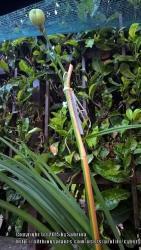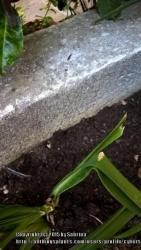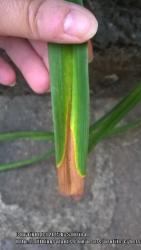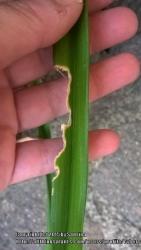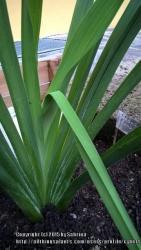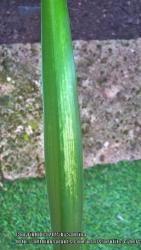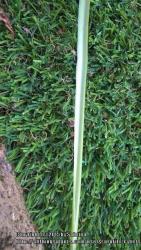here I am, sorry for delay!
The interveinal chlorosis is in centre leaves, the youngest, and on every DL no one excluded.. So it should be iron or manganese deficiency, but now I'm afraid I can't really distinguish one deficiency from another
All the young leaves are somewhat floppy, they are not hard, they bend too easily.
While I was at it I took some other pics, if you could tell me what you are seeing or point me in the right direction, I'll be glad because I really don't know a thing on gardening.
I'm including pics of different damages (I see them like damages), including one of the scape with a seed pod that's browing (it started yellow, now it's half green and half brown). The pod is almost one month old (settled on 10, july).
I will try to test soil ph with a home made test, tomorrow in the morning, before using any fertilizer or corrector.
many thanks to everyone for giving help, I really appreciate it a lot!!!
I may add that I see no flowers, some DLs bloomed (not all) and no one is reblooming (except for Stella de Oro), so I don't now if it's normal (we still have very high temps and lot of sun) because they are young (bought bare roots and planted the past spring) or if they are not healthy.
